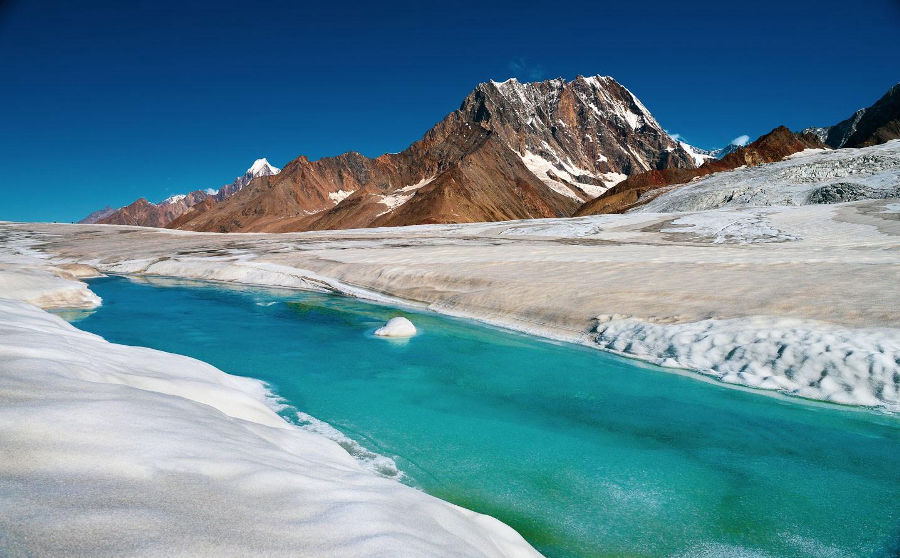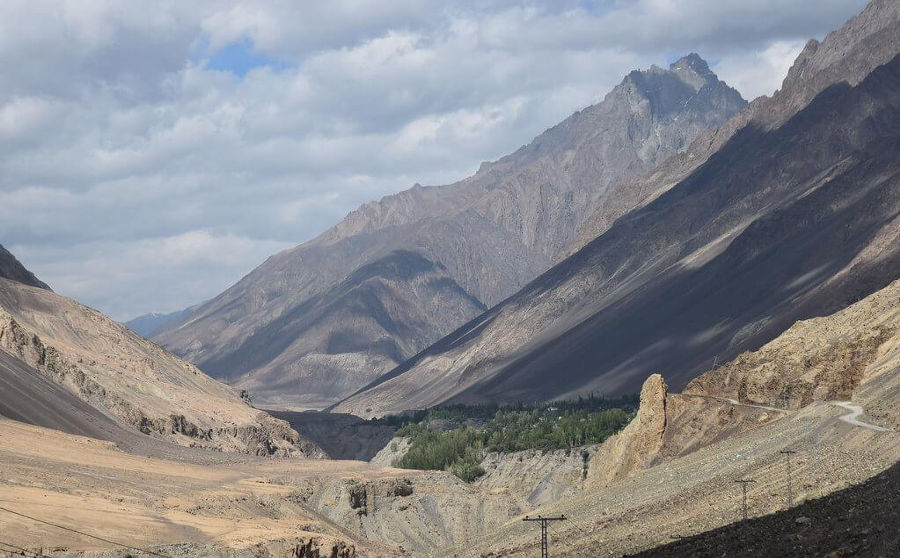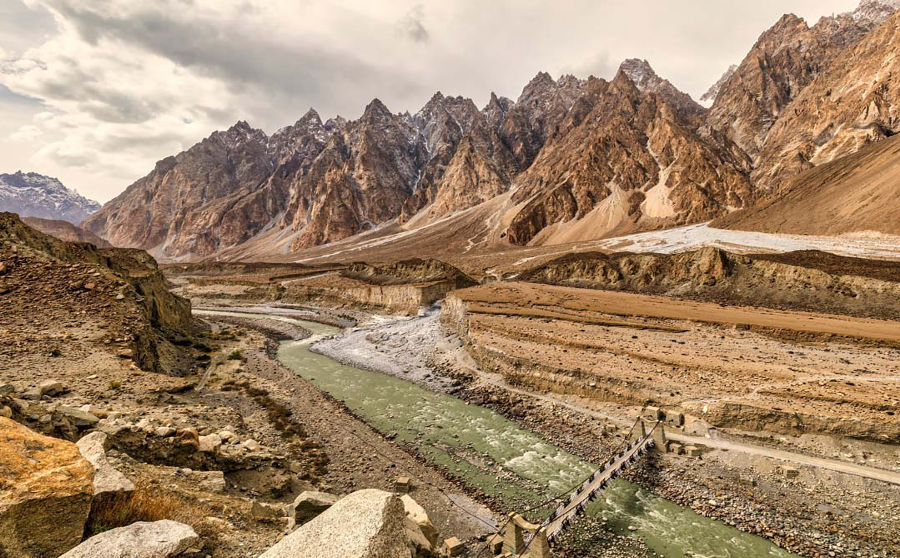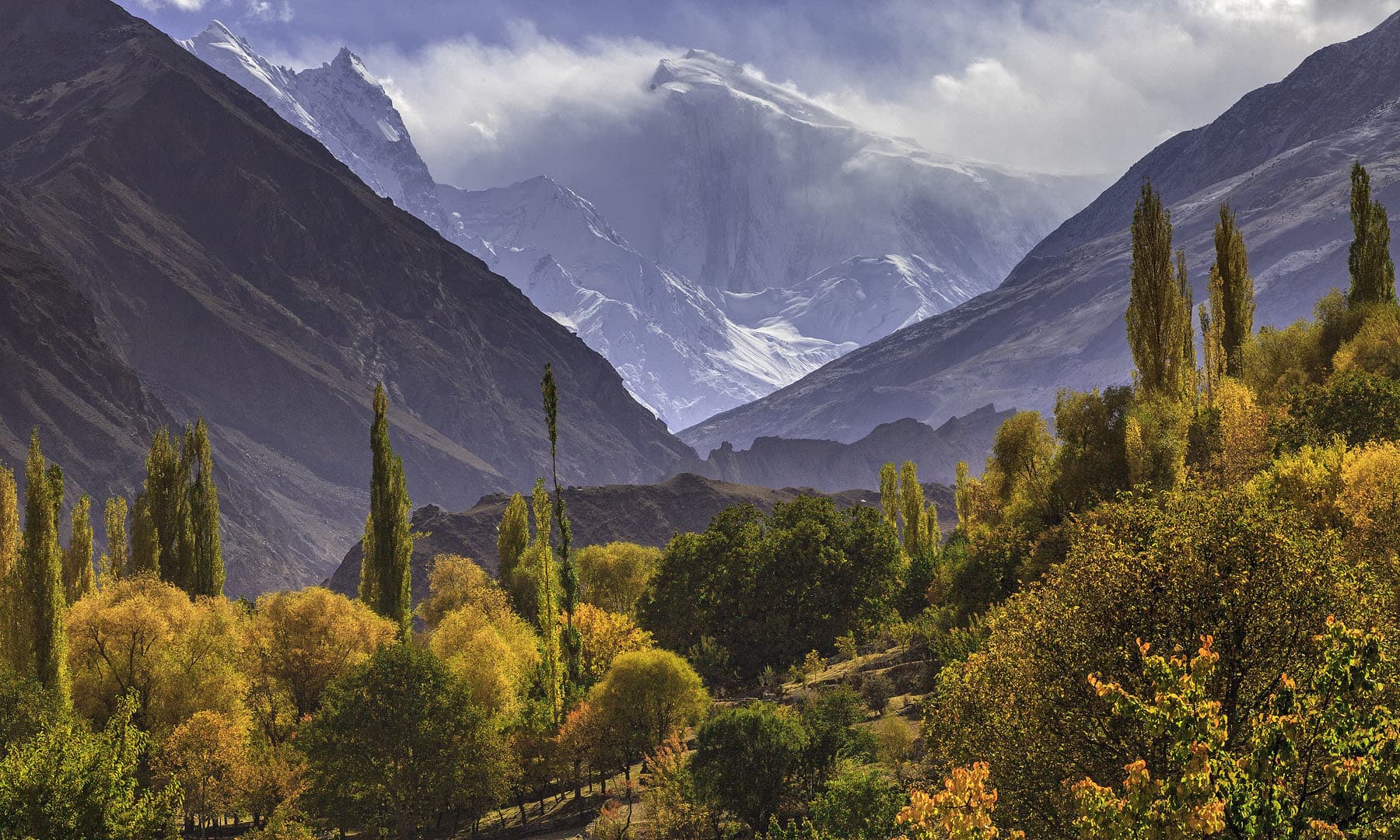Now let’s head further north to Gojal Valley, the final stretch of Pakistan before you enter China. Nestled in Upper Hunza, Gojal is a land where nature whispers through snow-draped peaks, turquoise lakes reflect the sky, and time seems to slow in peaceful, high-altitude villages. It’s not just the landscape that captivates—Gojal is also home to the Wakhi people, whose warmth and hospitality turn every visit into a soulful experience.
Location & Highlights
Gojal Valley begins just beyond Gulmit and stretches all the way to the Pakistan-China border at Khunjerab Pass. The valley is dotted with picturesque villages, glaciers, and hidden natural wonders that feel untouched by time.
Key Villages & Natural Gems:
- Passu – Known worldwide for its iconic cone-shaped peaks.
- Gulmit – A serene, culturally rich village with ancient homes and friendly locals.
- Hussaini – Famous for the thrilling Hussaini Suspension Bridge.
- Sost – The last Pakistani town before the Chinese border, a key trading post.
- Shimshal – Remote and raw, it’s a hidden gem for trekkers and adventurers.
- Borith Lake – A high-altitude lake ideal for bird-watching and quiet reflection.
FUN FACT:
Gojal is where Pakistan begins to flirt with China — it’s the last valley before the Khunjerab Pass!Top Attractions in Gojal Valley
Passu Cones
These dramatic, spire-like peaks rise like stone cathedrals against the sky and have become one of the most photographed landmarks in northern Pakistan. They’re especially breathtaking at sunrise and sunset, glowing gold and pink in the shifting light.
Hussaini Suspension Bridge
Often dubbed “one of the most dangerous bridges in the world,” this rope bridge isn’t for the faint-hearted. Suspended above the Hunza River with wide gaps between planks, it offers a heart-pounding yet unforgettable crossing experience.
Attabad Lake
Created after a devastating landslide in 2010 that buried villages and parts of the Karakoram Highway, this stunning lake is now a symbol of resilience. Its striking aqua-blue water invites:
- Boating and kayaking adventures
- Jet skiing thrills
- Lakeside picnics with mountain views
- Cozy stays at lakeside resorts and cafés
Gulmit Village
An excellent base to explore the valley, Gulmit is a cultural hub where ancient Wakhi traditions are still alive. Visit the Old House Museum, meet local weavers, and enjoy panoramic views of Gulmit Tower.
Borith Lake
Located above Gulmit, this peaceful lake is fed by glaciers and surrounded by silence. It’s a great spot for short hikes, bird-watching (especially migratory ducks in spring), and soaking in the alpine calm.
Khunjerab Pass
At 4,700 meters, this is the highest paved international border crossing in the world. As you reach the top, surrounded by snowcapped mountains and wild yaks, you might even spot rare animals like the snow leopard or Marco Polo sheep in Khunjerab National Park.
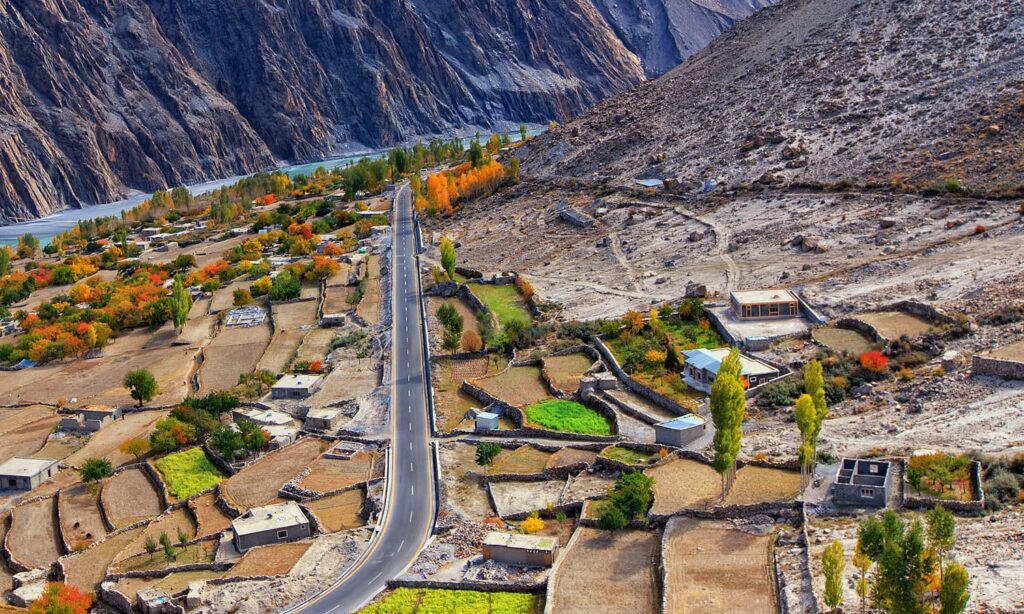
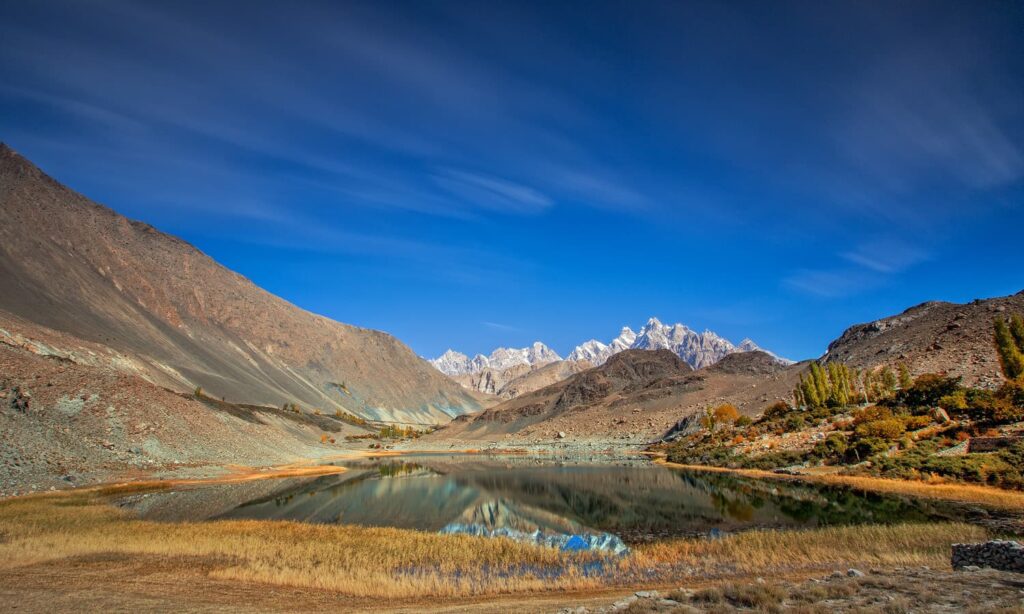
Why You’ll Love Gojal Valley
- Less crowded than lower Hunza
- Authentic Wakhi culture, language, and hospitality
- Stunning drives along the Karakoram Highway
- Endless trekking and adventure opportunities
- Calm, safe, and family-friendly environment
Best Time to Visit Gojal Valley
April to October is the best time to visit:
- Spring (April to June): Blooming apricot and cherry trees bring color to the valley.
- Summer (July to August): Perfect for trekking, sightseeing, and cultural festivals.
- Autumn (September to October): A golden glow takes over as leaves change and the air gets crisp.
- Winter (November to March): Stunning and quiet, though very cold and snowy—ideal for seasoned winter travelers.
Final Words
If Hunza is the crown, then Gojal and Shimshal are its sparkling jewels—untouched, unfiltered, and unforgettable. Whether you’re a trekker chasing summits, a culture enthusiast seeking connection, or simply a traveler in search of peace, Gojal Valley offers a journey for the soul.
So if you’re planning a northern escape and want something raw, real, and remarkably beautiful, go beyond the usual tourist spots. Let Shimshal test your spirit, and let Gojal soothe it.

FAQs about Gojal Valley
Where is Gojal Valley located?
Gojal Valley starts right after Gulmit in upper Hunza and stretches to the China border at Khunjerab Pass. It includes places like Passu, Sost, and Shimshal.
Is Gojal part of Hunza?
Yes, it’s technically part of Upper Hunza, but locals often proudly identify it as Gojal or Gojal Hunza.
Is the Khunjerab Pass always open?
Not always. It’s usually open from April to November, depending on snow and weather conditions.
Do I need a visa to visit Khunjerab Pass?
You don’t need a visa to visit the Pakistani side, but you can’t cross into China unless you have a valid visa and permissions.
Is Gojal suitable for families?
Yes, the region is peaceful, scenic, and welcoming — great for families, solo travellers, and photographers.


